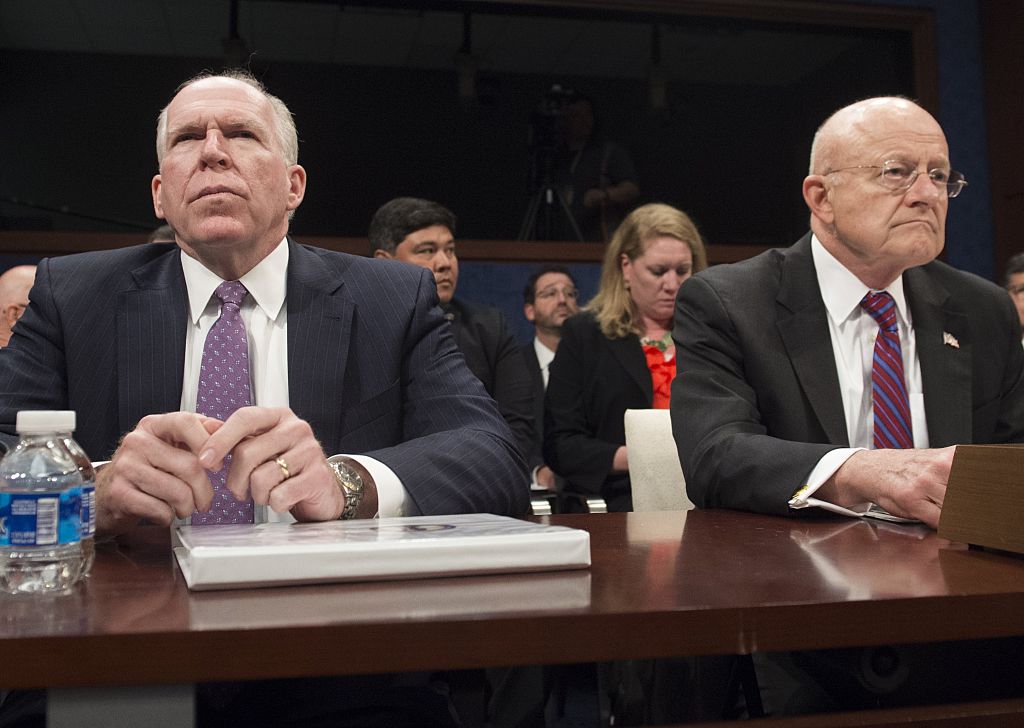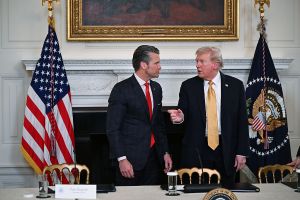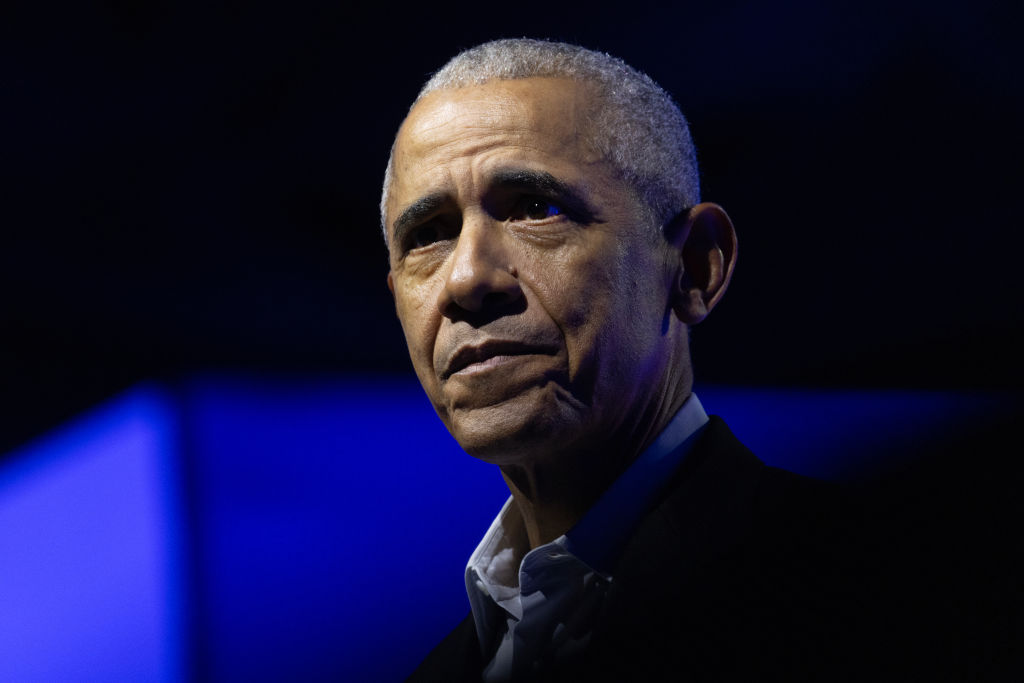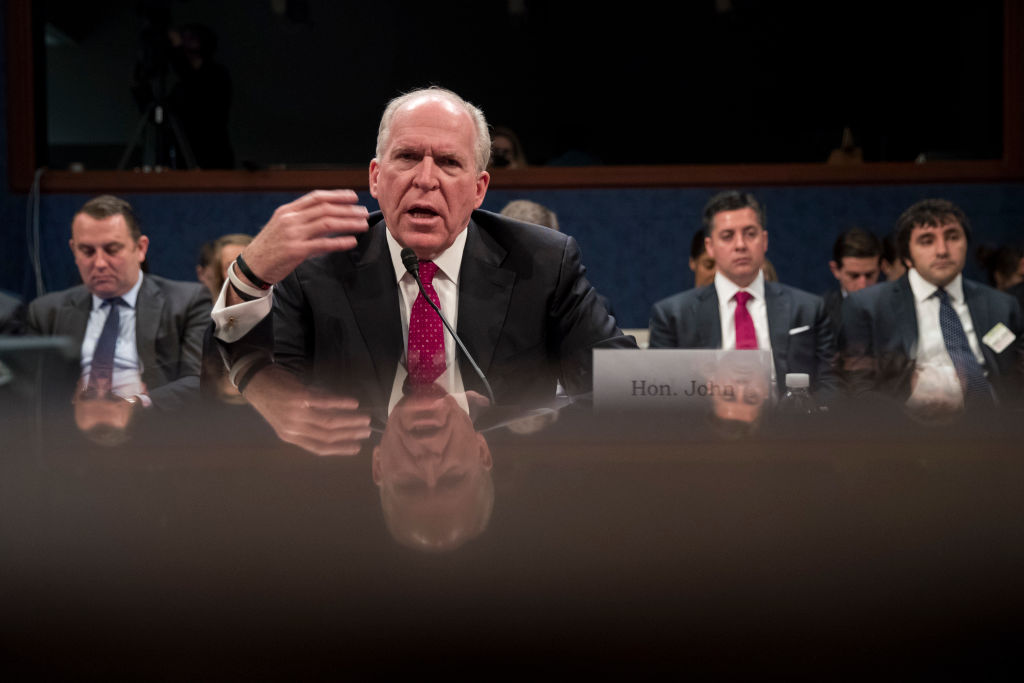Hunter Biden just paid over $1 million in back taxes for income he never claimed, but which was found in his emails — the ones from his laptop that had been dismissed by the mainstream media as Russian disinformation.
The FBI is conducting an ongoing criminal investigation into Hunter’s business activities based on the contents of the laptop. It was only the Bureau’s use of the laptop as evidence that finally forced the New York Times this month to admit that what it said last year was false.
See, as the New York Post broke the story that a laptop full of Hunter Biden’s files indicated a potential pay-for-play scenario involving then-candidate Joe Biden just ahead of the 2020 presidential election, almost in real time more than 50 former senior intelligence officials signed a letter claiming the emails “have all the classic earmarks of a Russian information operation.” The signers said their national security experience made them “deeply suspicious the Russian government played a significant role in this case. If we are right this is Russia trying to influence how Americans vote in this election, and we believe strongly that Americans need to be aware of this.”
The letter played off prejudices from 2016 that the Russians manipulated an American election. In fact, most of the letter’s signatories — James Clapper and John Brennan among them — had played key roles in misdirecting public opinion around the DNC server hack and later the whole of Russiagate. In the hands of the mainstream media, the meme quickly morphed into “the laptop is fake, ignore it.” Twitter and Facebook quickly banned all mentions of the laptop, and the story disappeared in the mainstream media. Until now.
During my twenty-four-year State Department career, I was exposed to foreign disinformation, and as a journalist today, I read the Hunter Biden emails. There is no way experienced intelligence officers could have mistaken the contents of the Biden laptop for fake, produced material.
The most glaring reason is that most of the important emails could be verified by simply contacting the recipient and asking him if the message was real. Disinfo at this level of sophistication would never be so simple to disprove.
In addition, the laptop contents were about 80 percent garbage and maybe 20 percent useful (dirty) information, a huge waste of time if you are trying to move your adversary to act in a certain way. Such an overbearing amount of non-actionable material also risks burying the good stuff, and if this is disinfo you want your adversary to find the good stuff. It is also expensive to produce information that has no take attached to it, and fake info of any kind is at risk of discovery, blowing the whole operation. Lastly, nothing on the laptop was a smoking gun. You need the disinfo to lead fairly directly to some sort of actionable conclusion, a smoking gun, or your cleverness will be wasted.
Compare the alleged Russian disinfo of the Biden laptop to the real disinfo of the Christopher Steele “Russiagate” dossier. To begin, Steele pastes fake classified markings on his document. That signals amateur work to the pros but causes the media to salivate: Steele’s goal (always remember who your target is and who you are trying to fool).
Steele never names his sources, to prevent verification by the media (a major tell). Steele also finds a way to push the important info up front, in his case a Summary. If Biden’s laptop was disinfo, the makers could have included an Index, or Note to Self where “Hunter” called out the good stuff. Or maybe even a fake email doing the same. Steele’s dossier is also concise, at 35 typed pages. Hunter’s laptop is a pack rat’s nightmare of jumbled stuff: thousands of pages, receipts, info on cam girls and the like.
But the real giveaway is who was out there peddling the info/disinfo. Ideally you want the stuff to come from the most reliable source you can find to give it credibility. Steele, as a professional intelligence officer, used multiple, overlapping sources, including himself. The list included leaks to selected patsy journalists, the State Department, John McCain and even the Department of Justice (FBI and DOJ officials). Steele not only planted the disinfo, he figured out a way to create “buzz” around it. Textbook work.
For the Biden laptop, it is understood the whole messy thing was shopped all across the mainstream media by Rudy Giuliani, about the most mistrusted man available for the purpose. The source must be reputable for the gag to work, and there is no way a full-spectrum Russian disinformation operation would use Rudy. That alone should have ended the discussion among those 50 letter-signing intelligence officials.
Lastly, everything on the laptop was verifiable in an hour or two by an organization like the NSA. They could have had an intern verify the emails, bank statements, wire transfers, etc., using about half the capabilities Edward Snowden revealed they have. James Clapper and John Brennan knew this, and knew equally well that the media, if they picked up the story at all, would not ask any such questions, and the NSA, et al, would never weigh in. It would be our little secret.
So we’ll call that letter claiming the Biden emails were potential Russian disinfo a lie, a fabrication, made-up, fake stuff designed to influence an election. That’s disinformation by any definition, and evidence the only disinformation op in 2020 was run against the American voters by their own intelligence community working with the media and on behalf of the Democrats.
Almost half of Americans now believe Trump would have won a second term if the media had fully reported on the laptop’s revelations. The scam worked. You know some of its hallmarks now, so keep a sharp eye out in 2024.

























